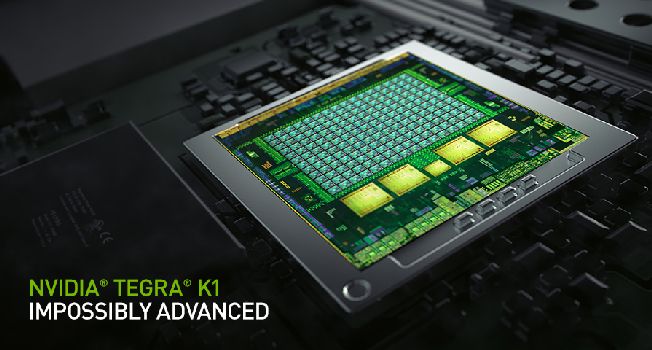AI is disrupting education. But despite what the headlines (and some ChatGPT horror stories) might suggest, South African teachers aren’t being replaced — they’re…
NVIDIA K1 ‘Super Chip’ crams 192 cores into new mobile GPU [CES2014]


Mobile gaming, while fiddly to control (touch screen versus physical buttons), excites. Angry Birds kickstarted the gaming on the go revolution and NVIDIA will now seal the deal with the announcement of its Tegra K1 mobile system-on-a-chip (SoC). The K1 SoC is a 192-core “Super Chip” based on the GeForce GTX 780 Ti graphics card says NVIDIA, as it revealed this information to a jovial crowd at the 2014 CES. Quite literally, next-generation graphics powered by Unreal Engine 4 will run on mobile devices. The video demos that incredible, yet slightly choppy visuals of the K1.
K1 is coming in two flavours, or pin-to-pin compatible versions: a 32-bit quad-core, 4-Plus-1 ARM Cortex A15 CPU, and a 64-bit dual Super Core CPU. The 32-bit version should be available for mobile devices in the first half of 2014, with the 64-bit chip arriving in the second half.
As for the power, NVIDIA reckons that that K1 offers “the same graphics features as the next generation of consoles (Xbox One, PlayStation 4) and faster performance than current generation consoles (Xbox 360, PlayStation 3), all in the palm of your hand.” From the video above, it looks true but the framerate was a little too choppy to convince us of its all-consuming powers. But as mobile devices get faster (the iPhone 5s has a 64-bit CPU for example), the framerate should improve.
Tim Sweeney, Epic Games boss and Unreal Engine pioneer chips in, “With the introduction of this revolutionary processor, we can take applications that run on PC or console and run it on Tegra. From here onward, I think we’re going to see the performance and feature gap between mobile and PC high-end gaming continue to narrow to the point where the difference between the platforms really blurs.” It’s also the first mobile SoC to support CUDA, NVIDIA’s parallel computing platform and programming model which helps developers to heavily optimize their code. It’s NVIDIA’s answer to parallel processing.
In 2013, NVIDIA released Project Shield, a gamepad with a built-in 5″ screen, with graphics powered by the now outdated Tegra 4 processor.


